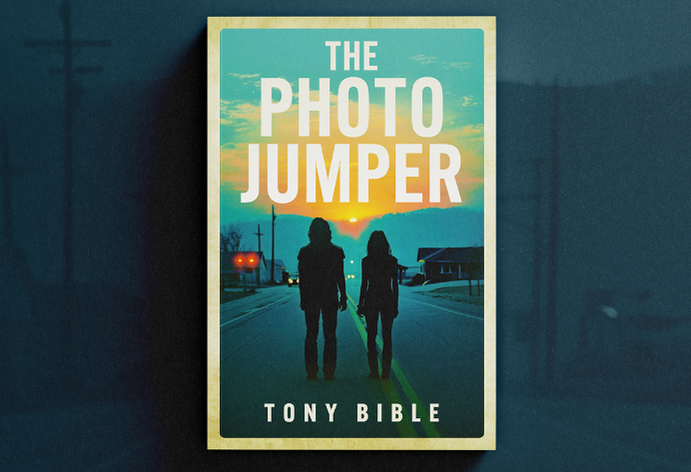Don't content create. Write.

Science fiction. Fantasy. The Gothic. Whatever your genre of strange, you'll want an editor with a mind to match. One who will meet you where you are—be that the plains of an alien desert, the benches of a sixth-century mead hall, or the phantasmic passages of the mind itself.
You've let your imagination run wild.
Don't rein it in now. Refine it.
Don't content create. Write.


Fiction Editing
Genres & Qualifications
Charlene J Moore is a Certified Copyeditor who has been editing works of speculative fiction for over 6 years. She has a copyediting certification from UCSD, as well as an MA in English from NYU and a BA in English from the University of Massachusetts. A member of the Editorial Freelancer's Association (EFA), she is committed to constantly learning and developing her editorial skills through courses, workshops, conferences, and other growth opportunities.
Charlene edits all forms and genres of speculative and popular fiction, including but not limited to fantasy, science fiction, romance and romantasy, horror, gothic, and literary speculative fiction.

Services
01.
Manuscript Assessment
Think of this as a light developmental edit. If your manuscript has seen little or no editing and you want general feedback about its form, structure, content, style, industry potential, genre position, this is the step for you. You will receive an Editorial Letter with 15-20 pages of in-depth comments, which will highlight your manuscript's strengths and areas of improvement.
02.
Developmental Editing
This is “big-picture” editing. It takes place before the line and/or copy edit and looks at the overall structure of your story, chapter, or novel to ensure that it is coherent and poignant. It covers issues like plot holes, underdeveloped characters, and ineffective narrative pacing.
A developmental editor doesn’t typically make direct changes to a manuscript but provides guidance and suggestions for the author to implement in a future draft. A developmental edit is a much more in-depth review of your manuscript than a manuscript assessment and involves ongoing collaboration between author and editor.
03.
Line Editing
Line editing generally takes place after developmental editing. It involves reading for stylistic elements like word choice, tone, pacing, voice, purple prose, repetitiveness, and awkwardness.
04.
Copyediting
Copy editing is not the same as line editing, although you will often hear the terms used interchangeably. Copy editing focuses on technical errors in grammar, spelling, punctuation, fact-checking, and formatting. All of my line edits include a copy edit.
05.
Proofreading
Proofreading takes place last in a manuscript’s lifetime. It involves reviewing (or “proofing”) a manuscript for final mistakes, including grammar, spelling, and punctuation. It can also involve formatting a manuscript for publication. If your manuscript has already been through a developmental edit and a line edit, as well as beta read-throughs, this is the step for you.












